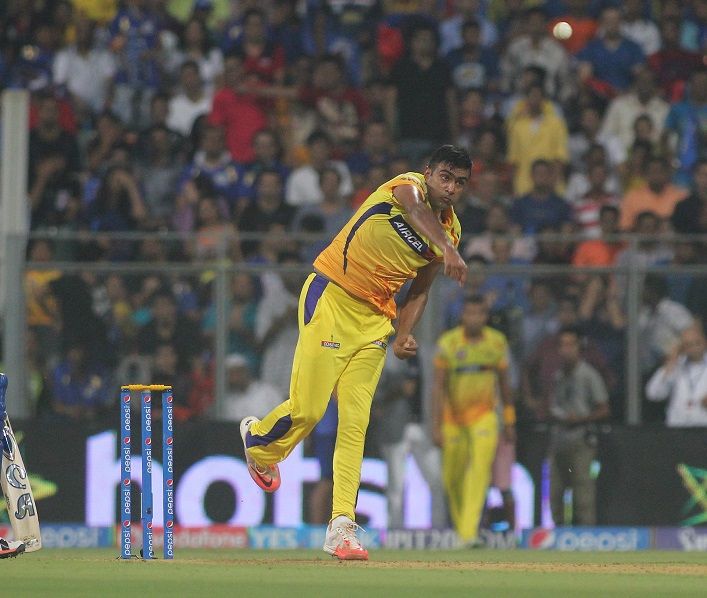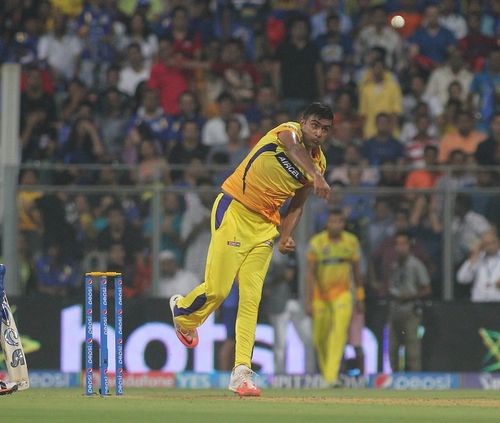
Innovations and mysteries from the IPL that don’t fade away from memory
Over the years, the IPL has given us two distinct kinds of players – the blunt force players like Chris Gayle who smack everything with brute power, making cricket seem a different game, and the innovative players who are street smart enough to adapt and invent to stay ahead. Both these types of players leave a lasting impression; the memories of their exploits simply don’t fade away from our consciousness.
Sunil Narine, arguably the king of all innovations, currently finds himself in the news for the wrong reasons again – his action was reported for a second time yesterday, and it remains to be seen whether he will play at a high level again. But there’s no denying that Narine’s ‘mystery bowling’ was a source of great entertainment in the IPL, and him bamboozling the best of batsmen with his guile and craft made for some of the most unforgettable episodes in the league’s history.
In that context, we take a trip down memory lane and list the three most fascinating and memorable innovations which have shot into the limelight during the IPL, enhancing the experience of viewing T20 cricket for years to come.
The carrom ball

Popularized by Ravichandran Ashwin, a man who constantly experiments with his bowling, the carrom ball was an interesting corollary of sorts to the doosra. The carrom ball is flicked with one finger and unlike the doosra doesn’t demand flexing of the arm. That makes it relatively safer to bowl, especially with the 15-degree rule that made bowling the doosra a tough affair.
Unlike the regular off-spinner, the carrom ball pitches and skids straight on, sometimes turning away a little bit. At one point, it became Ashwin’s stock delivery; he could spin it away massively like a leg spinner. Although he managed quite a few wickets for Chennai Super Kings with this delivery, it affected the turn and drift of his regular off-spinner, eventually forcing him to take a re-look at his strategy.
In recent times, Ashwin has also developed a new form of arm ball that goes straight with the arm. He bowls it with a different grip, seam up, so the ball comes out with its seam position almost perfect. Ashwin can even make it swing away from the batsman, making the delivery a tough one to negotiate.
But it was the carrom ball that first made Ashwin a household name, and memories of him bowling inside the first six overs and deceiving all the top order batsmen are still fresh in everyone’s minds.
The slower bouncer
A slower bouncer is almost mandatory in the arsenal of every pace bowler today, but that wasn’t always the case. The IPL has brought into focus just how effective it can be, and there are bowlers like Lasith Malinga who have made an art of it; when combined with the Sri Lankan’s slingy action, the slower bouncer becomes a very tricky delivery to deal with.
There are many varieties of the slower ball seen in T20 cricket – the off-cutter, the leg-cutter, the back of the hand seam-up delivery, the knuckle delivery, and the slower bouncer. The last one is challenging to bowl as it involves mixing up not only the speed but also the length of the delivery. Pitched short, but with fingers cutting across the seam, it creates a tennis ball bounce that doesn’t let the batsman premeditate a slog.
Since its length and bounce are unpredictable, the slower bouncer is hard for the batsman to pull or smash away unless he sees it perfectly well and very early. In fact, it is a tough one even for the wicket-keeper to collect, as it has some top spin and bounces a couple of times before heading to the keeper.
Players have learned to negotiate the slower bouncer in recent times, but the sight of Malinga tying batsmen into knots with this weapon all those years ago is incredibly hard to shake off.
The ramp shot

It started out as the ‘Dil-scoop’, a variant popularised by Tillakaratne Dilshan of Sri Lanka, who would hit length balls over the keeper’s head using the bowler’s pace. The shot has evolved since then, with batsmen like AB de Villiers taking it to another level altogether.
The South African can, in fact, play this innovative shot at will. He uses the bat like a ramp to deal with fuller deliveries on middle or leg stump, sending them sailing away towards fine leg – that’s what gives it the name ‘the ramp shot’. De Villiers has managed to score several sixes with the ramp shot, especially on smaller grounds, and none of them is as memorable as the six he hit off Dale Steyn last year to stun the Bangalore crowd.
To play the shot, the batsman goes down on one knee, sometimes moving across the stumps. After that, he has to make sure the ball hits the meaty section of the bat, which is held like a lever at an angle. The pace of the ball does the rest, and the ball often ends up sailing past the boundary rope.
This is a tough shot to execute, considering a batsman could end up deflecting the ball on to his own stumps if he doesn’t time his move correctly. Some have even hit the ball onto themselves, which is always a dangerous proposition.
Nevertheless, when struck crisply, the way De Villiers usually hits it, the ramp shot is one of the most attractive shots in T20 cricket and also one of the most effective. That’s not to mention the impression it leaves in the mind of the viewer; watching a batsman toy with the bowler like that is something that can never fade away from our consciousness.